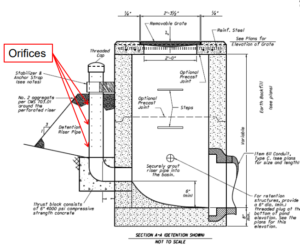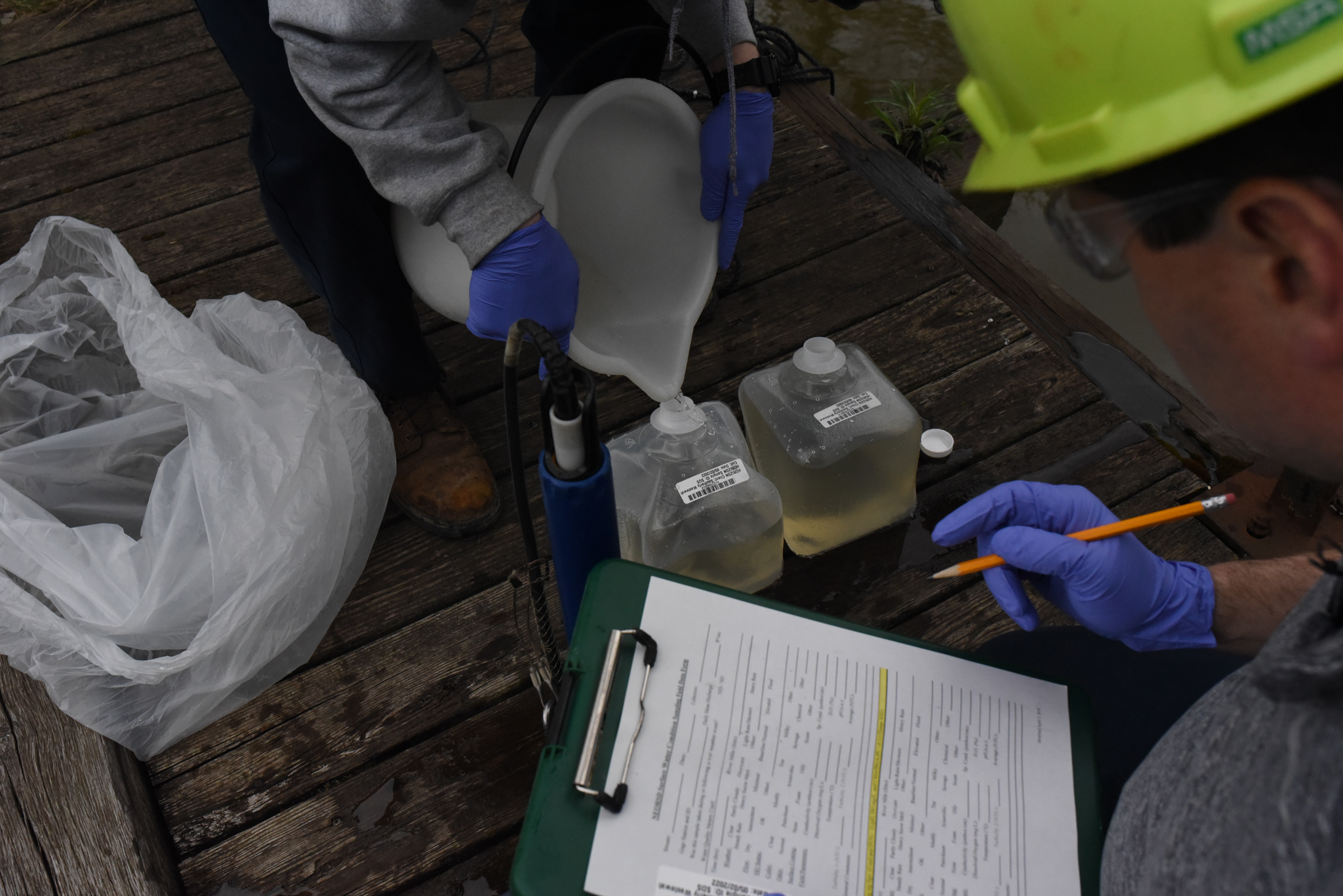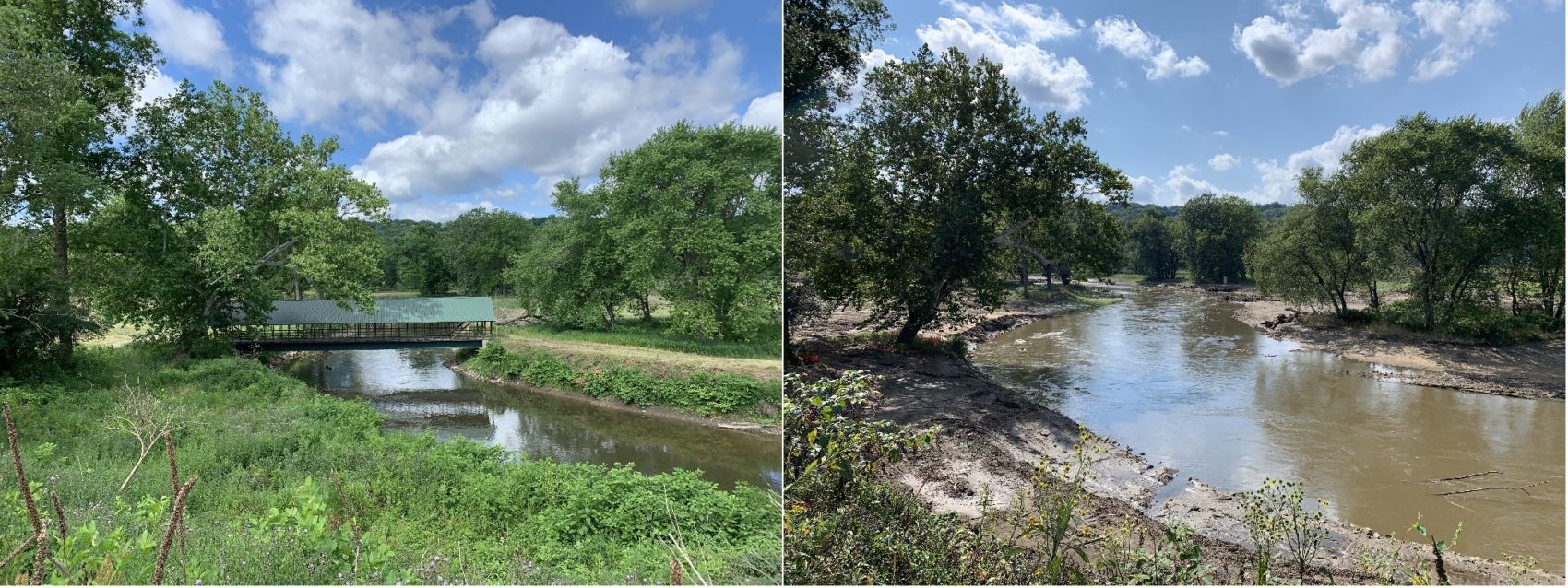Stormwater management
Climate change is causing extreme precipitation events and it’s calling for updated storm water management standards.
When a piece of land goes under construction, there are different standards they must meet depending on its size and region. “Ohio rules require construction projects that disturb one or more acres of ground to obtain a general permit that describes how stormwater runoff from the sites will be controlled to prevent pollutants, especially sediment, from running off during construction,” media coordinator for the Ohio EPA Dina Pierce said.
These permits have two overarching goals. The first is sediment and erosion control.
“The sediment erosion control is about trying to keep as much of that soil and sediment on site as possible,” stormwater engineer Eric Long said. While a piece of land is under construction, the plants that were previously helping to keep sediment in place are removed and it’s the construction site’s responsibility to match that level of erosion as closely as they can.

The second goal is post construction stormwater management. Much like how they’re expected to maintain as close to natural levels of erosion as possible during construction, they are expected to match that even once construction is completed.
“There are a number of rules that you have to meet with regards to comparing the pre developed runoff to the post developed runoff, and you have to control and release that water at a rate that is equal to or less than a critical storm,” Long said.
The basis for critical storms comes from decades old precipitation data. Using this data, stormwater engineers will review a site and create a plan based on data trends.
For example, a construction site may be prepared for a 25-year storm. Meaning, all stormwater management standards on that site must be built to handle precipitation as severe as the highest precipitation in a 25 year trend.
The issue as our climate continues to rapidly change comes with the data these standards are based off of. Precipitation trends are decades to a century old and they do not accurately reflect the increased precipitation we’ve seen in recent years, leading to construction sites being built that meet the EPA’s standards, but cannot handle the amount of runoff that’s generated by increased precipitation.
“More frequent and more intense rain events can lead to localized flooding and may have water quality impacts from altered lake and stream levels, such as shore or bank erosion,” Pierce said.
Other concerns include overwhelmed storm sewer systems that can lead to overflow into local streams or basements.
Climate change is often linked to a general warming of the planet which helps contribute to this issue of increased precipitation.

“With increased temperatures in the atmosphere, warm air can hold more water vapor than colder air can,” climatology professor at Kent State University Cameron Lee said, “so if you are able to hold more water vapor, that usually increases evaporation rates, meaning there is more water vapor in the air, more cloud cover and more ability for precipitation.”
The changing climate affects different areas of the world differently. For northeast Ohio, lake effect snow can become a concern in relation to increased precipitation.
Cold and dry air from the Canadian region will flow over the great lakes and meet with the warmer air generated from the lakes to create heavy and unpredictable snowfall. As our climate continues to warm, the great lakes stay unfrozen for longer periods of time, creating a larger time frame for this lake effect snow to occur.
Currently there are basic strategies to help combat stormwater runoff like retention ponds, porous pavement and underground retention. There are also various green infrastructure options that help keep the balance with nature and developed land.

Oftentimes, it’s about making the retention hold on these different types of infrastructure larger so they can handle the increased precipitation. However, they tend to be more expensive and the standards from the EPA allow these sites to do a lot less while still maintaining the necessary standards.


